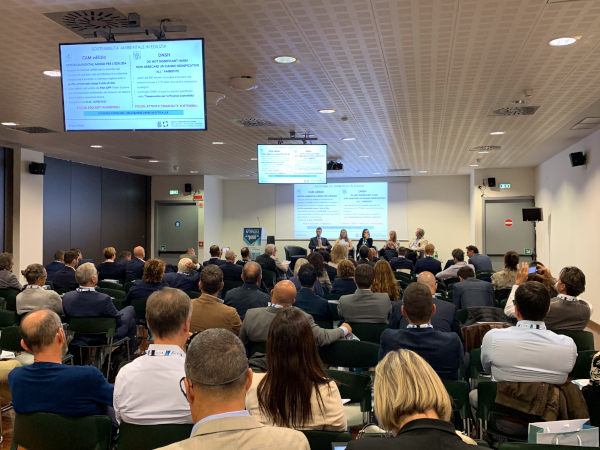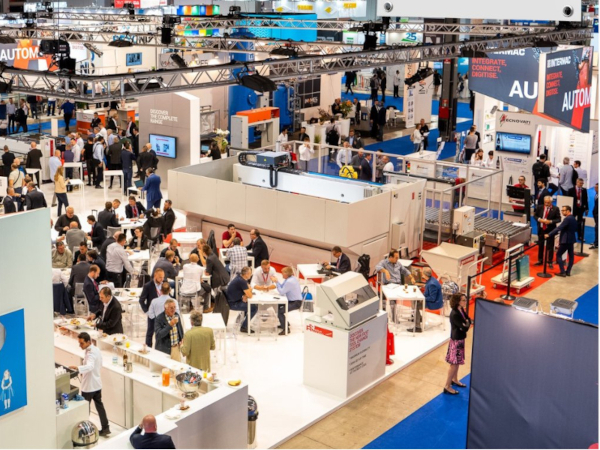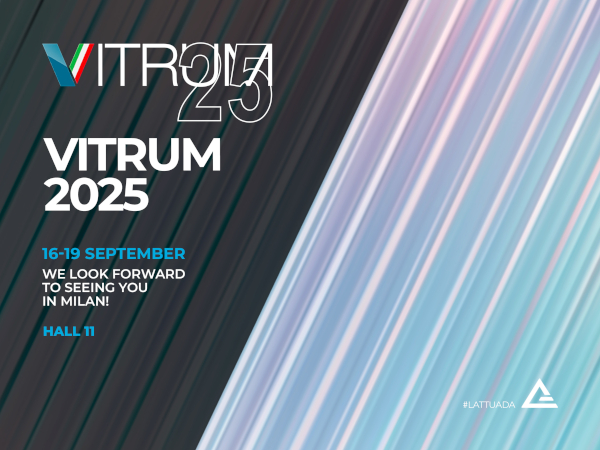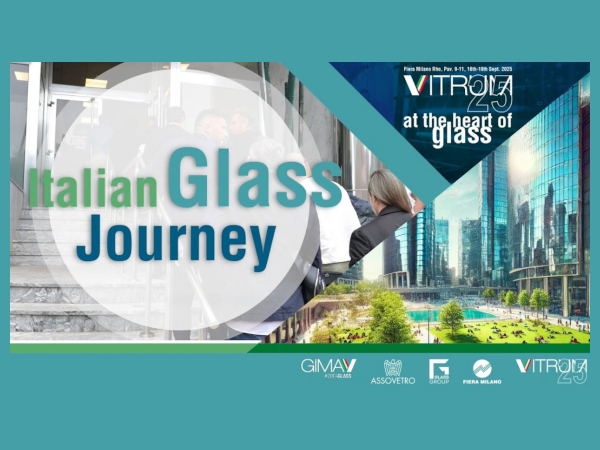Date: 27 October 2009
 A cultural experience, to use a word that’s often overused, but perfectly suited to our case – in fact, we’re talking about an initiative that intends to open a window on the tradition of Italy’s art of glass blowing. Known and appreciated around the globe, but strangely enough, an art that’s almost forgotten in Italy. So, we’re also talking about an opening toward the younger generations, those who are still unschooled in the world of glass, except for the inevitable minor everyday encounters.
A cultural experience, to use a word that’s often overused, but perfectly suited to our case – in fact, we’re talking about an initiative that intends to open a window on the tradition of Italy’s art of glass blowing. Known and appreciated around the globe, but strangely enough, an art that’s almost forgotten in Italy. So, we’re also talking about an opening toward the younger generations, those who are still unschooled in the world of glass, except for the inevitable minor everyday encounters.
New to Vitrum in 2009 is the unprecedented Vitrum Lab, a space dedicated to the history, culture and art of glass blowing, with the participation of Master glass blowers from Murano and 248 lucky children from Milan’s elementary and middle schools. Thanks to the nature of its content and the interest it aroused, Vitrum Lab is being sponsored by the Lombardy Region and the Province of Milan.![]()
The opportunity we’re speaking of is called Vitrum Lab, a workshop where craftsmanship and creativity will occupy a major, dedicated space inside Pavilion 15. The area will be divided into two sections, and will offer a window on the works of the famous master glass blowers of Murano, and offer the possibility of creative experimentation to approximately 260 very lucky children from several elementary and middle schools in Milan..jpg)
In the first section, immediately visible from the main access to the pavilion, four master glassblowers from Murano will work on alternating days during the four days of the fair, to demonstrate their art, molding the incandescent molten glass with their blowing technique. It’s a technique well known throughout the world, but one that is extremely delicate and difficult. The craftsman blows through a long tube into flaming ball of molten glass to create objects in the most diverse shapes and for very different kinds of use, including real works of art. This glass blowing technique dates back to ancient times. Invented more than 2,000 years ago in Asia Minor, it was brought to Europe by the Romans. But it was in Murano, starting in the second half of the 1200s up to the 1700s, that the art of glass blowing achieved its highest expression, tracing the splendor and the history of the Serenissima Repubblica of Venice.
Unfortunately, this mastery and skill, handed down from generation to generation, has been gradually lost, both due to the exodus of the younger generations, inevitably attracted by other careers that are certainly more lucrative and more in step with the times, as well as to the gradual disappearance of the workshops, orphaned by the many craftsmen who had gone and which were no longer supported by investments or promotional initiatives.
Only recently have some initial offers of support from private sources begun to arrive..jpg)
It’s interesting to discover that an art at risk of extinction in Italy is the object of renewed interest in other countries where there’s a desire to learn a technique unknown to them because it isn’t part of their cultural background. For example, some high-ranking institutions in the US, like the San Francisco State University Art Department and the Massachusetts Institute of Technology, to name only a couple, have contracted with the Murano masters to teach their students the techniques of glass blowing, as well as its application to art and creativity. The Vitrum Lab initiative is also intended to be a kind of proud celebration of Italian know-how so appreciated abroad, as well as a relaunching for the eyes of the world of a daily rapport with and appreciation of glass that dates back to ancient times.
The other section of Vitrum Lab is devoted to creative workshops, where approximately 260 very lucky children between the ages of 9 and 11 will try their hands at glass art. Glass will be the raw material they will use to test their manual dexterity and their imaginations, using tiles that will form the base for images and colorful designs made with colored glass beads at their disposal for this purpose. The finished tiles will be “fired” in special ovens and exhibited throughout the four days of the fair.
The organization of Vitrum Lab was made possible thanks to the valuable contributions of the Associazione Vetroricerca Glas&Modern of Bolzano, responsible since 1996 for the creation of alternative and experimental courses for the teaching of subjects related to the art of glass working. It’s a center specialized in the field of training and the design of activities and products related to the world of glass. In fact, the center organizes specific monograph courses for technicians and artists as well as for universities. Foremost among its activities is the promotion of all kinds of glass art, in Italy and abroad, with a particular focus on young artists.







Add new comment